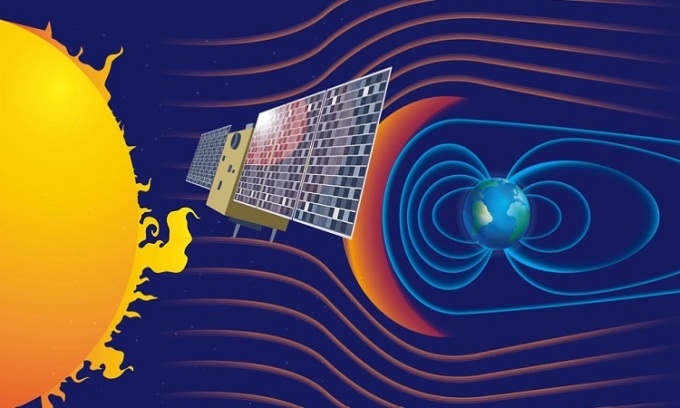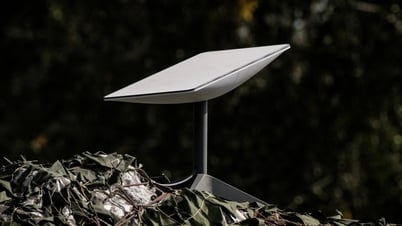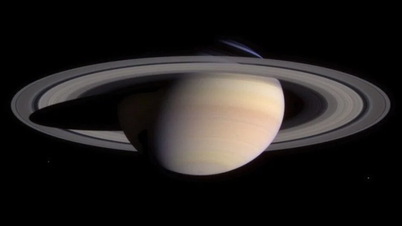China will launch a solar exploration satellite into an orbit never before reached to probe the star and monitor space weather.

Simulation of a probe operating in orbit between the Earth and the Sun. Photo: CFP
The evaluation of the Xihe-2 solar exploration mission at the L5 Lagrange point between the Earth and the Sun is almost complete, Professor Fang Cheng of Nanning University, one of the satellite's designers, shared at the 10th Advanced Space Technology Conference in Shanghai, CGTN reported on September 16. The probe was originally scheduled to enter orbit in 2026, aiming to explore the origin and evolution of the magnetic field in the active region of the Sun, revealing the three-dimensional structure and physical mechanism of solar flares.
The L5 Lagrange point, located about 150 million kilometers from Earth, is a unique location for studying and monitoring space weather, as it allows for solar activity to be photographed at least three days before it can be observed from Earth and for the solar wind to be measured three to four days before it impacts Earth. Xihe-2 will be the world's first man-made probe to fly to this point.
"The L5 point is still a new place to explore. It is scientifically meaningful and technically feasible. It can also provide data for early warning and accurate forecasting of space weather," Fang said. On October 4, 2021, China launched its first solar exploration satellite Xihe into a sun-synchronous orbit to conduct H-alpha spectral imaging.
In addition to the solar probe, China's lunar exploration project is also progressing steadily. Experts at the conference shared the progress of building a long-term underground lunar research station. Compared to Earth, the moon has no atmosphere, leading to a huge temperature difference between day and night, intense cosmic radiation and the risk of micrometeorite collisions, which pose many risks to the establishment of a scientific research station, according to Zhang Chongfeng, deputy director of the design of China's lunar exploration station. However, underground caves in lava tubes can provide shelter from extreme temperatures, radiation, meteorites and lunar dust. Zhang and his colleagues' design is a lunar cave station with a power center and communication support at the entrance, access ramps for personnel and equipment, scientific research compartments and living quarters.
An Khang (According to CGTN )
Source link









































































































Comment (0)